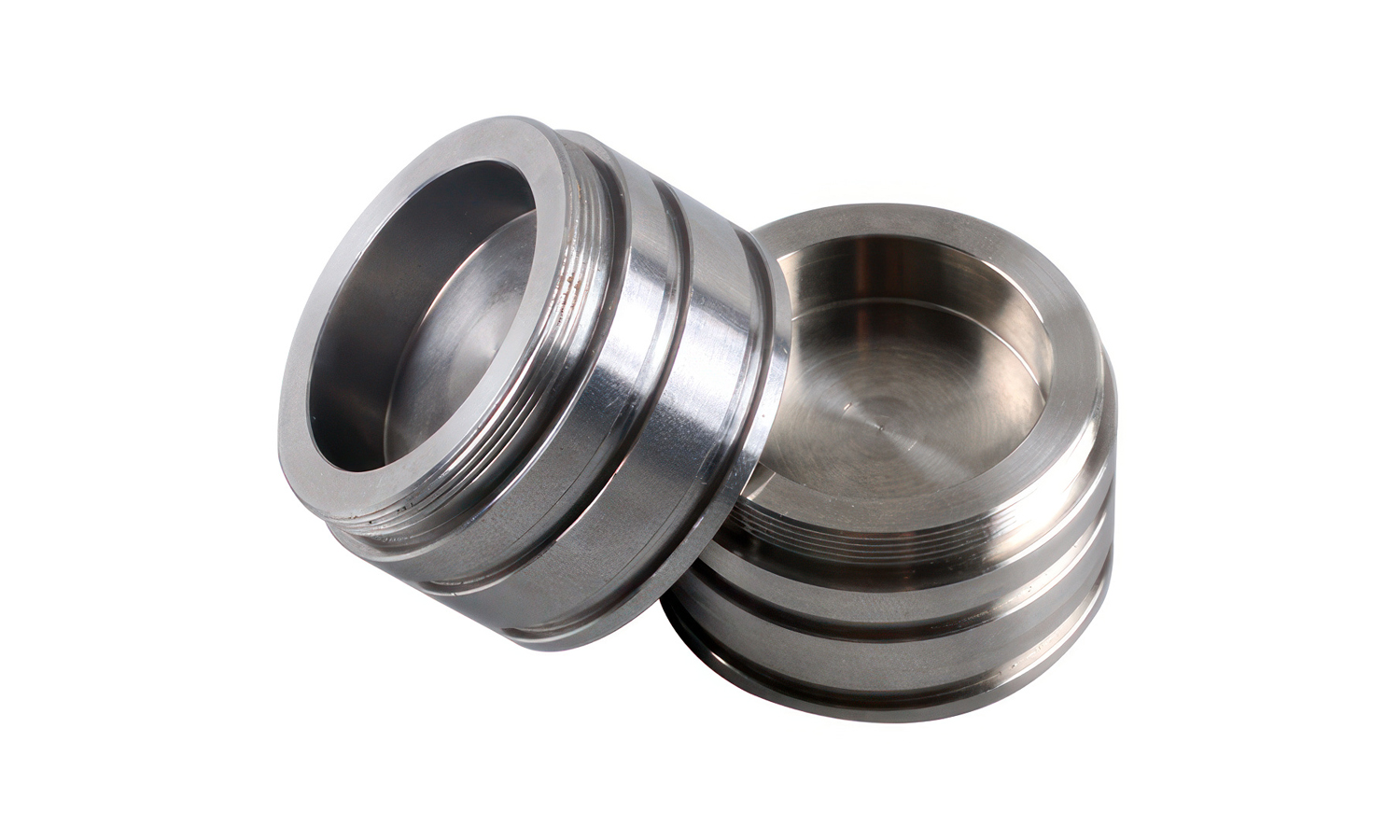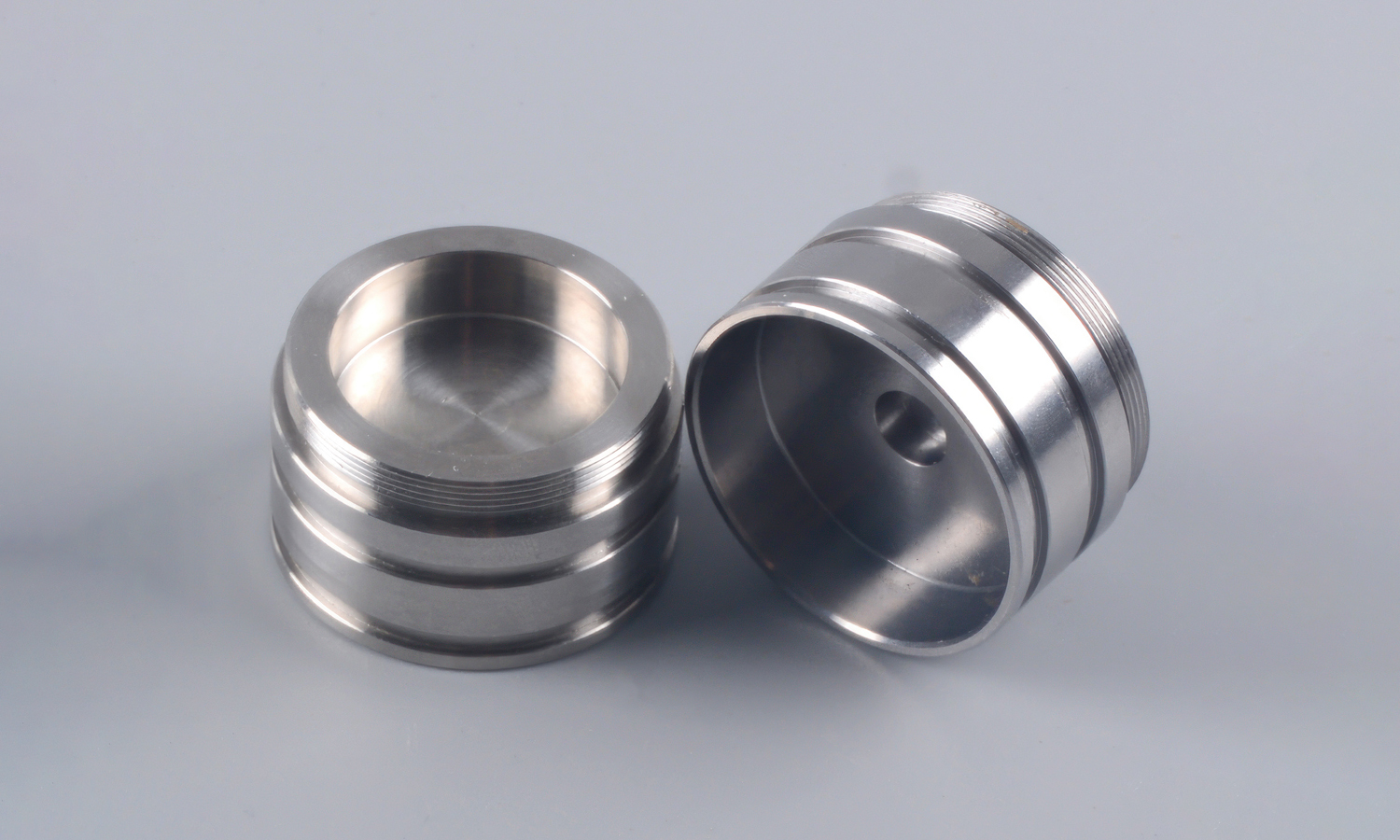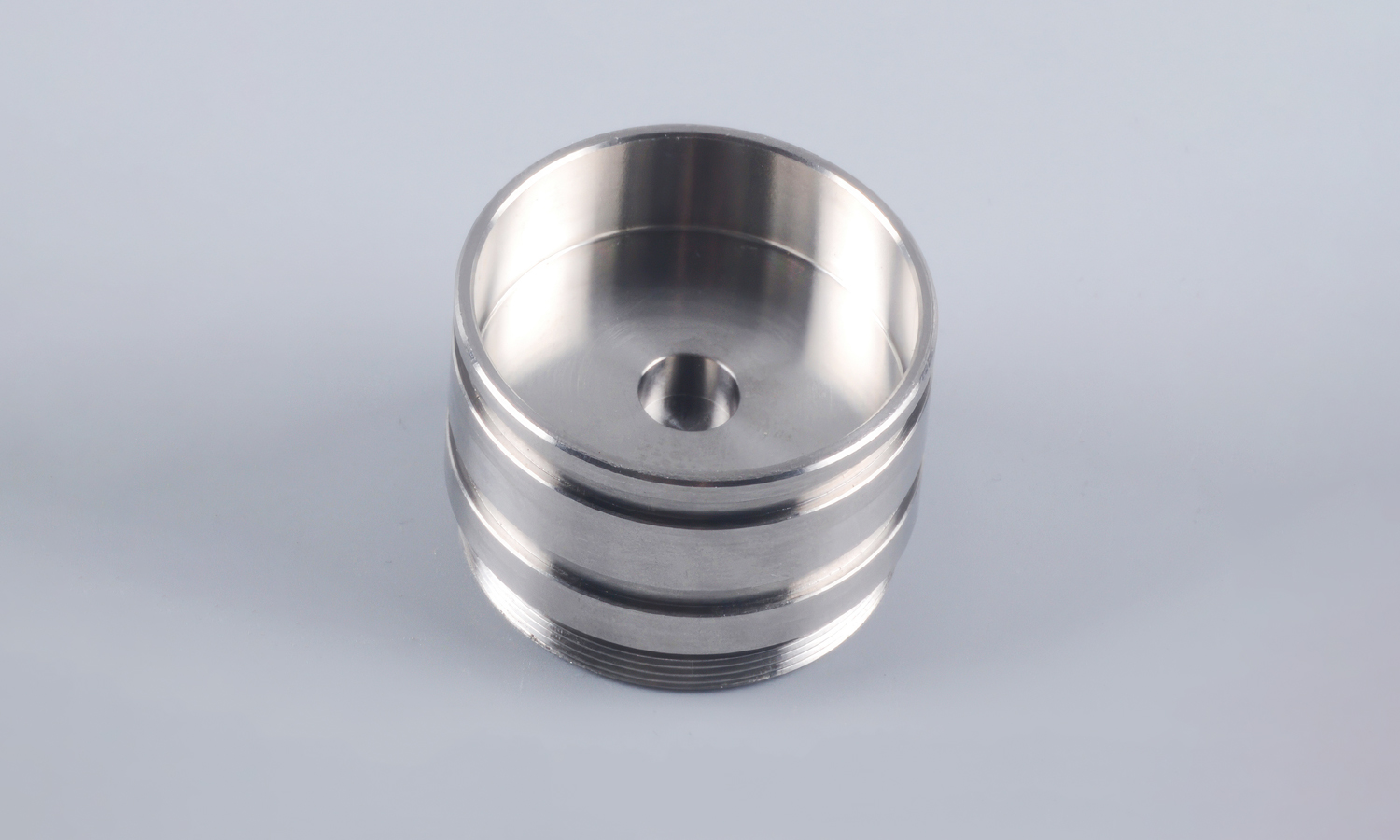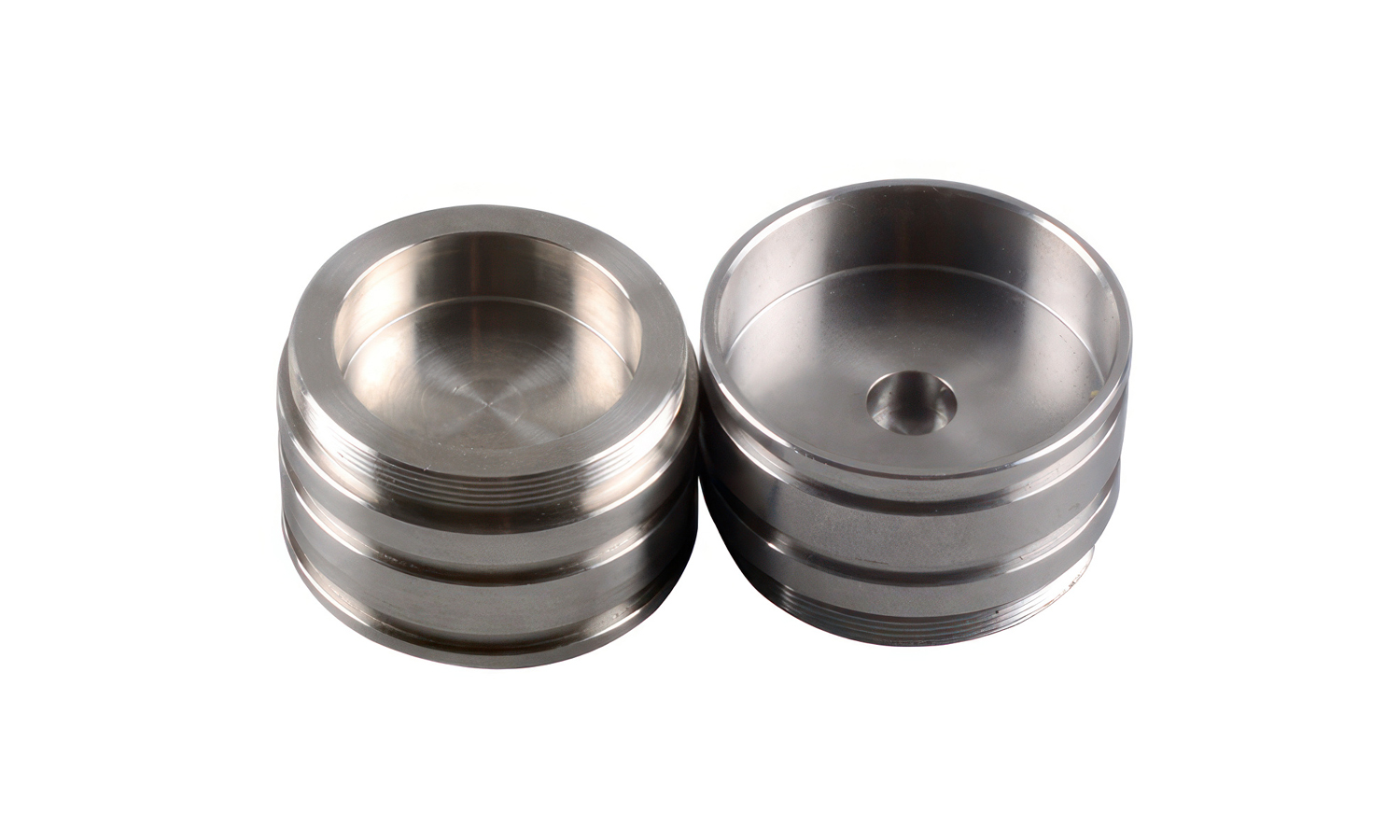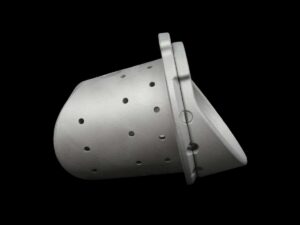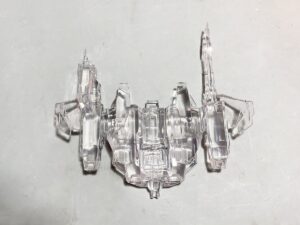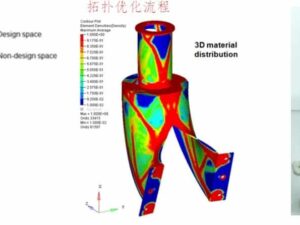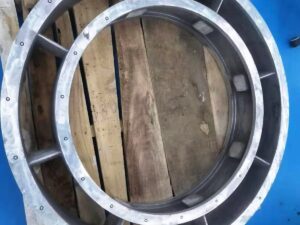- CNC Turned SS316L Male Hose Fitting Plumbing Pipe Connector
- CNC Turned Stainless Steel Threaded Pins Hardware Kits
Gallery
About Project
Ensure the integrity and reliability of your hydraulic systems with our high-quality CNC turned SS316L threaded sealing ports. Crafted with meticulous precision, these components are designed to provide a robust and leak-proof connection, crucial for optimal hydraulic performance.
As you can see in the image, our sealing ports feature precision-machined threads for a secure mechanical connection to your system components. The carefully engineered grooves are specifically designed to accommodate elastomeric seals, such as O-rings, guaranteeing a tight and dependable seal under pressure.
Manufactured from corrosion-resistant SS316L stainless steel, these sealing ports offer exceptional durability and longevity, even in demanding hydraulic environments. The material’s inherent resistance to corrosion ensures consistent performance and minimizes maintenance needs, contributing to the overall efficiency and safety of your systems.
Whether you require standard sizes or custom-designed sealing solutions for specialized hydraulic applications, our CNC turning capabilities allow for the creation of parts that precisely meet your specifications. We understand the critical nature of sealing in hydraulic systems and are committed to delivering components that meet the highest standards of quality and performance.
Looking for precision CNC machining services for your hydraulic components and beyond? At FacFox, we offer a comprehensive range of CNC turning and milling services, utilizing advanced equipment and a team of experienced engineers. From intricate sealing ports to complex hydraulic manifolds and custom fittings, we can bring your designs to life with exceptional accuracy and speed. Get a quote today and experience the difference precision manufacturing can make!
Solution
- Step 1: Raw material (SS316L stainless steel bar stock) was selected based on the required material specifications for corrosion resistance and strength.
- Step 2: The bar stock was then securely clamped into the chuck of a CNC lathe.
- Step 3: The initial rough shape of the part was machined using various cutting tools, removing excess material to approximate the final dimensions.
- Step 4: The external diameter and length of the part were precisely turned to the specified tolerances.
- Step 5: The external threads were cut using specialized threading tools or a single-point threading operation, ensuring the correct thread profile and pitch for secure connection.
- Step 6: The grooves for the sealing rings were precisely machined to the required depth and width, ensuring proper compression and sealing functionality.
- Step 7: The internal bore was drilled and then internally turned to the specified diameter and finish.
- Step 8: Any necessary chamfers or bevels were created on the edges of the part for ease of assembly and to prevent sharp edges.
- Step 9: The finished part was carefully cut off from the remaining bar stock.
- Step 10: The machined part was then thoroughly cleaned to remove any cutting fluids or debris.
- Step 11: Dimensional accuracy and surface finish were inspected using precision measuring instruments to ensure compliance with the design specifications.
- Step 12: Finally, the sealing ports were prepared for packaging and shipment.
